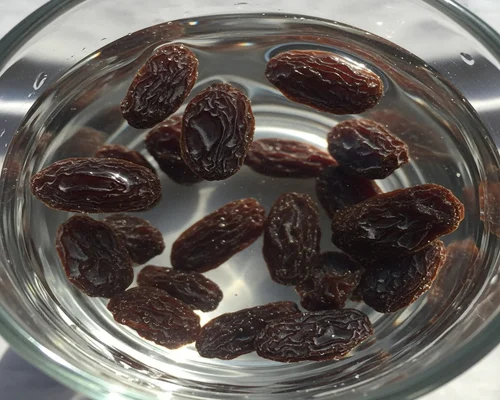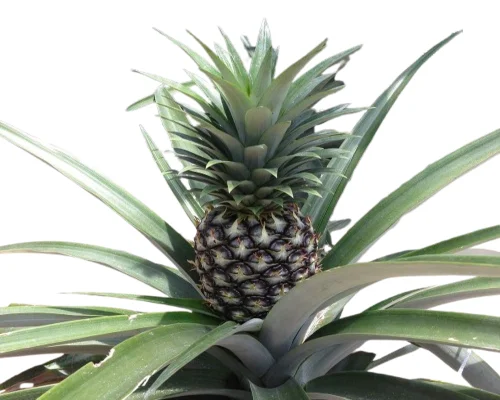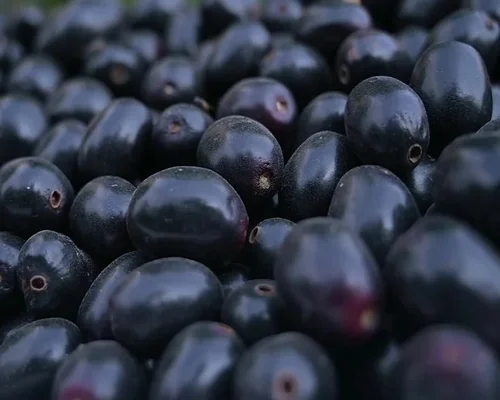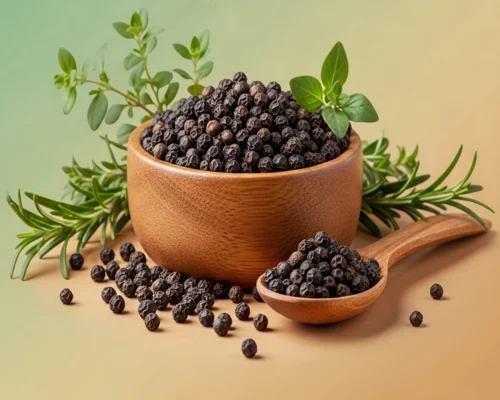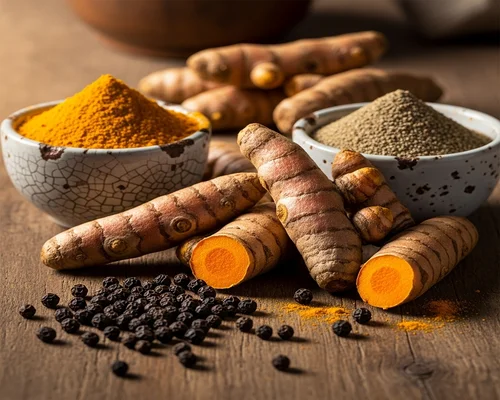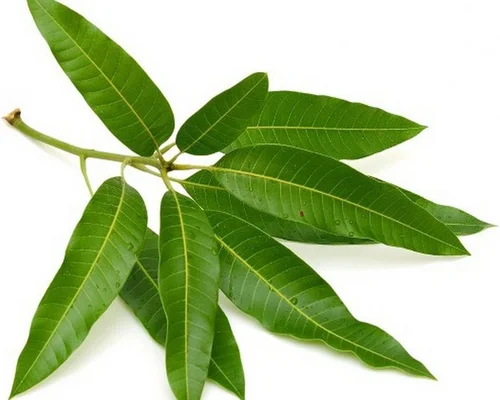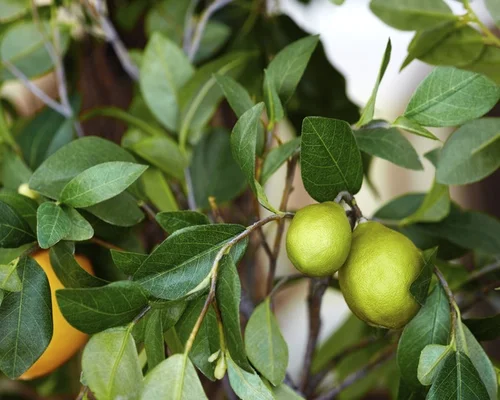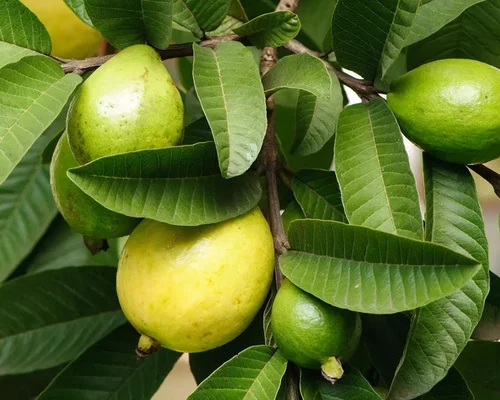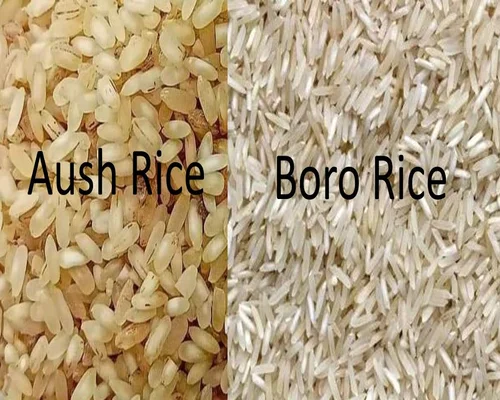
Difference Between Aush Rice and Boro Rice
Difference Between Aush Rice and Boro Rice
The three main varieties of rice are: Aush rice - It is sown in summer and harvested in autumn. Aman- It is sown in monsoon and harvested in winter. Boro- It is sown in winter and harvested in summer.
What is the difference between Aman and Boro rice?
Aman variety of rice is sown in mid-monsoon and harvested in winter. Aush variety of rice is sown in summer and harvested in autumn with the pre-monsoon monsoon. Boro variety of rice is sown in winter and harvested in summer, known as spring rice.
Aush rice
Aush Paddy This paddy is usually grown in the Ashad month of the rainy season. For this reason, its other name is Asadhi rice. But this rice can be cultivated at any time of the year. The word Aush is derived from the Bengali word Ashu. The word Aush means advance. It is called by this name because this rice ripens within eighty to one hundred and twenty days. Aush is a rainfed rice variety. Aush seeds are sown directly in the field taking advantage of the May-June rains. Aush paddy is sown in Chaitra-Baishakh and harvested in Ashad-Shravan.
Health benefits of Lal Aush-
- Helps control diabetes.
- Prevents asthma.
- Improves oxygen consumption.
- Helps in digestion.
- Prevents heart disease.
- Helps reduce fatigue.
Boro rice
Boro rice is also called Baisakhi rice. Boro rice or Basantik rice is a variety of rice of Bangladesh. It is a winter rice and rapeseed. Boro rice or Basantik rice is a variety of rice of Bangladesh. It is a winter rice and rapeseed. Boro is one of the three main classes of rice, depending on the time of production. Boro season starts after Aman season ends. Boro rice is rich in high levels of protein. This type of rice is similar to Jirashail rice in the market.
Boro rice has health benefits-
- Fast and instant energy managemen
- Stabilizing blood sugar level
- Being a source of vitamin B1 in the human body
In addition to their antioxidant activity, traditional rice varieties offer antidiabetic, anti-inflammatory and other health benefits.


-vegetable.webp)







